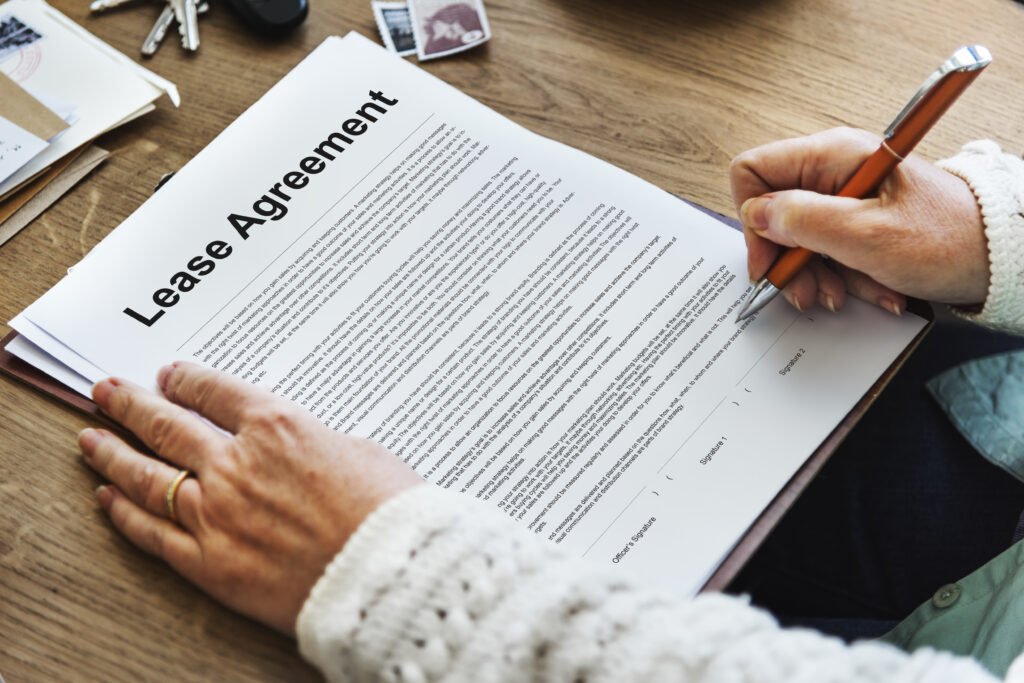In the dynamic realm of real estate finance, property owners continually seek innovative methods to optimize their assets and enhance liquidity. One such financial instrument gaining prominence is Lease Rental Discounting (LRD). This guide delves into the mechanics of LRD, its eligibility criteria, benefits, and real-world applications, providing property owners with a comprehensive understanding of this financing avenue.
Understanding Lease Rental Discounting
Lease Rental Discounting is a financial strategy wherein property owners leverage their future rental income to secure immediate funds. By pledging the rental receipts from leased properties as collateral, owners can obtain loans without liquidating their assets. This approach is particularly advantageous for commercial property owners facing extended sales cycles and constrained cash reserves. LRD essentially transforms a steady rental income stream into a lump sum, offering property owners greater financial flexibility.

How Lease Rental Discounting Works
- Assessment of Rental Income: The property owner presents existing lease agreements to the lender, detailing the rental income stream. Lenders may also review the tenant’s reputation and the lease duration to assess the stability of future earnings.
- Loan Sanctioning: Based on the discounted value of future rental earnings and the property’s market value, the lender determines the loan amount. Typically, this can be up to 80% of the property’s value, though this may vary depending on factors such as location, tenant profile, and the owner’s credit history.
- Repayment Structure: Tenants’ rental payments are directed to an escrow account managed by the lender, ensuring seamless loan repayment. This automatic process minimizes default risks and streamlines financial management for both the lender and the borrower.
Eligibility Criteria for Lease Rental Discounting

To qualify for LRD, property owners must meet specific criteria:
- Property Ownership: The applicant must legally own a commercial property with a clear title.
- Lease Agreement: A valid, long-term lease agreement with a reputable tenant is essential. Lenders prefer leases with durations of at least five years.
- Tenant Profile: Tenants should ideally be established entities, such as public sector units or large corporations, ensuring a stable rental income.
- Property Location: Properties situated in metropolitan or urban areas with high demand are more favorable, as they tend to have higher rental yields.
- Creditworthiness: A strong credit history enhances the likelihood of loan approval and may result in more favorable terms, including lower interest rates.
Benefits of Lease Rental Discounting

Implementing LRD offers several advantages:
- Immediate Liquidity: Property owners can access substantial funds without selling their assets, facilitating business expansion, debt consolidation, or other financial needs.
- Competitive Interest Rates: Due to the secured nature of LRD, interest rates are often more favorable compared to unsecured loans, making it a cost-effective borrowing option.
- Tax Benefits: The interest paid on LRD loans may be eligible for tax deductions under relevant sections of the Income Tax Act, potentially reducing the overall tax liability.
- Retention of Ownership: Owners continue to benefit from property appreciation and rental income, even while the loan is active. This allows them to leverage their assets without compromising long-term investment strategies.
- Enhanced Cash Flow Management: The structured repayment through an escrow account ensures timely loan payments, reducing financial stress and enabling better planning.
Real-World Applications of Lease Rental Discounting

Several businesses have effectively utilized LRD to achieve their financial objectives:
- Retail Expansion: A national retail chain leveraged LRD by using rental income from existing outlets to secure funds for opening new stores, thereby accelerating growth without diluting equity.
- Corporate Upgrades: A technology firm utilized LRD to finance the renovation of its headquarters, enhancing workplace efficiency and employee satisfaction.
- Hospitality Ventures: A hotel owner employed LRD to refurbish and modernize facilities, attracting a higher clientele and increasing revenue streams.
- Healthcare Investments: A private clinic used LRD to purchase advanced medical equipment, improving service quality and boosting patient intake.
- Education Sector: An educational institution accessed LRD to expand its campus facilities, accommodating more students and strengthening its reputation.
